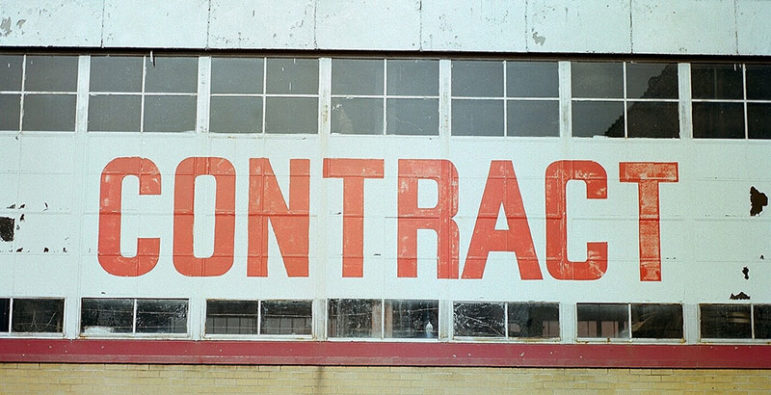
October 18, 2016; Sun-Sentinel
NPQ has written a number of times in its nonprofit newswire about the ways public/private deals to establish local cultural institutions can sometimes go very sour. That’s the case here in Davie, Florida, where a lauded children’s museum, Young at Art, finds itself in a pitched battle with Broward County, which is threatening a takeover.
The ten-year-old partnership is based on a loan for construction costs that the museum has been unable to repay despite the terms having been twice rewritten. The auditor says the county is owed $240,888 in back payments related to the 55,000-square-foot building.
When the county commissioners began to prepare for a takeover vote, Young At Art filed a lawsuit to stop it. The lawsuit claims that the county is a “bully,” setting up the museum leaders with an “unconscionable” deal and that it “knew or should have known” from the beginning that Young At Art “would not have been able to make the annual payments.” In 2006, Broward County invested $20.6 million into the Young At Art Museum and branch library in Davie, striking a deal that would have required the organization to pay back $11.2 million back over 11 years. But when the museum opened in 2012, it almost immediately defaulted. By 2014, a new deal had been struck, allowing 37 years for repayment. But the lawsuit says that was crafted “in haste” and under pressure by the county. Though this reduced the annual payment to $350,000, under this deal, the museum was required to give the county half of any pledge payments it received directly. It’s this money that the auditor says they are in arrears on. The museum has said some donors it had received pledges from in 2006 were hit hard by the recession and were consequently unable to fulfill their commitments that were made in good faith.
Sign up for our free newsletters
Subscribe to NPQ's newsletters to have our top stories delivered directly to your inbox.
By signing up, you agree to our privacy policy and terms of use, and to receive messages from NPQ and our partners.
As is common in such deals, a county representative to the board, Gretchen Cassini in this case, was caught in the crossfire and resigned “upon advice of counsel.” The lawsuit alleges that Cassini acted improperly as a board member. Moreover, it says, “The county is on an illegal crusade to complete their original intent to have YAA use its funds and resources to create a building and convert it to its own use.”
One would hope that a resolution can be achieved very soon. The fact that this has turned into such a public fight cannot be good for fundraising, essentially broadcasting that donors will not be able to count on an outcome for their investment. The county is expected to offer the museum a chance to buy the building, but museum board chair David DiPietro is waiting to see whether the nonprofit can afford it, as the price has not yet been set.
This speaks again to the need for nonprofits exploring such relationships, which can look like manna from heaven in the full blush of a honeymoon period, to think carefully about what might go wrong. Always remember that local governments change quite regularly, and thus relationships with given actors may count for less in maintaining whatever common cause you come to. In general, proceed with caution.—Ruth McCambridge













